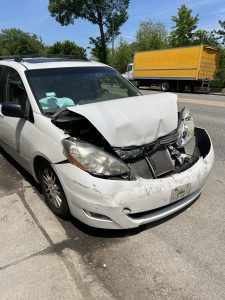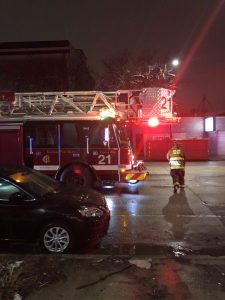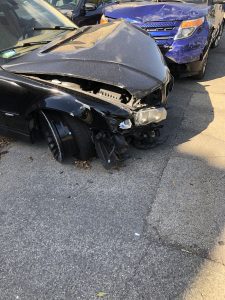The Chicago personal injury attorneys of Zneimer & Zneimer have seen an increase in serious car crashes that involve the use of pot. Recently the Chicago Sun Times reported that Illinois traffic deaths increased by 24%. According to the organization Parents Opposed to Pot, since 2016, when Illinois legalized marijuana, traffic deaths increased from 1078 to 1091 in 2017, to 1038 in 2018. This increase has some people wondering if there is a correlation between the decriminalization of marijuana and the state rising the authorized limit of THC from 0 to 5 ng of THC.
Even though under Illinois law use of marijuana may be legal, driving stoned at any level is not safe. From young age we learn that drinking and driving is a lethal combination. We hear commercials and radio advertisements, and see signs deterring us from sitting behind the wheel when under the influence of alcohol. Yet there is a paucity of advertisements or signs or warnings discouraging smoking pot and driving.
The fact is that pot-related driving under the influence represents a threat to the citizens of Illinois. Driving under the influence of marijuana is dangerous. Research shows that marijuana impairs reactions just like alcohol does. According to the National Institute on Drug Abuse, marijuana significantly impairs judgment, motor coordination, and reaction delay. Several meta-analyses of studies found that the risk of being involved in a crash significantly increased after marijuana use and in some cases, the risk doubled or more than doubled. Continue reading
 Chicago Accident Lawyer Blog
Chicago Accident Lawyer Blog







